Study the artwork for one week.
Over the week:
Featured Movement:
Movement Characteristics:
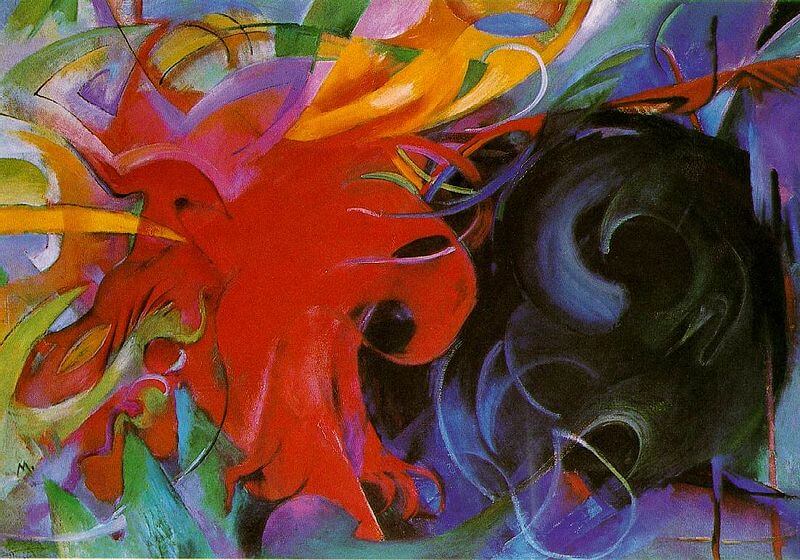
Common Coinciding Genres:
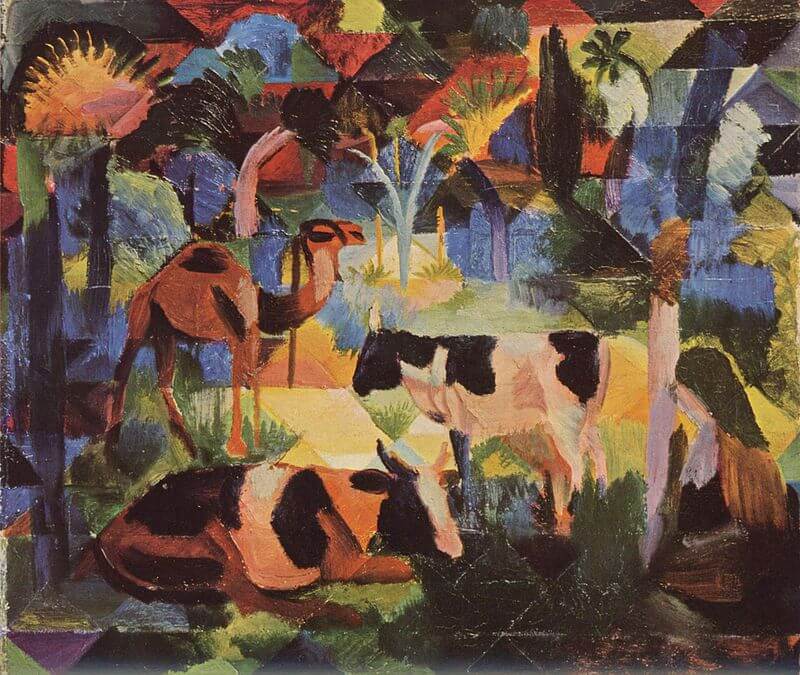
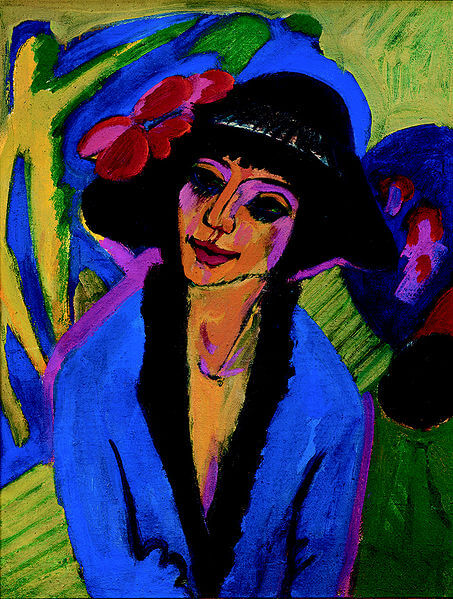
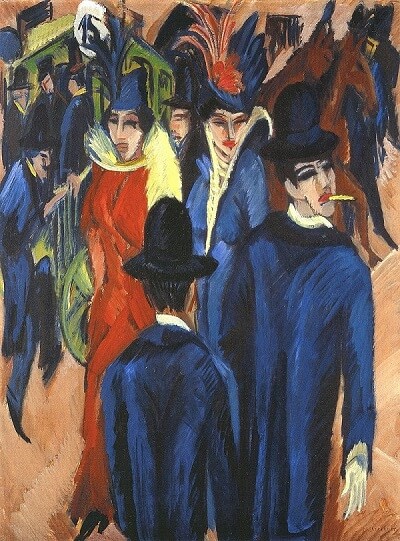
Activity 1: Can You Find It?
Find the following in the artwork:
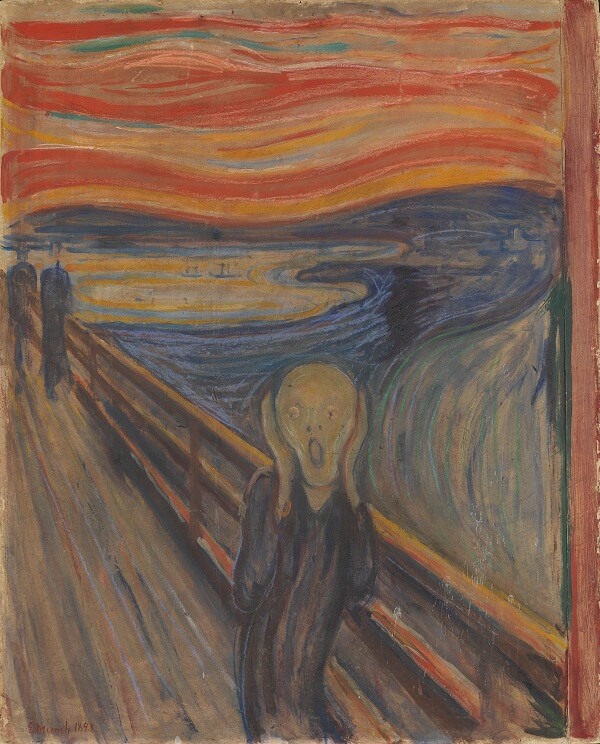
Activity 2: Narrate the Artwork
Activity 3: Map the Artwork
Find Norway, Edvard Munch's home country, on the map of Europe.

Activity 4: Classify the Artwork

Activity 5: Recreate/Color the Artwork
